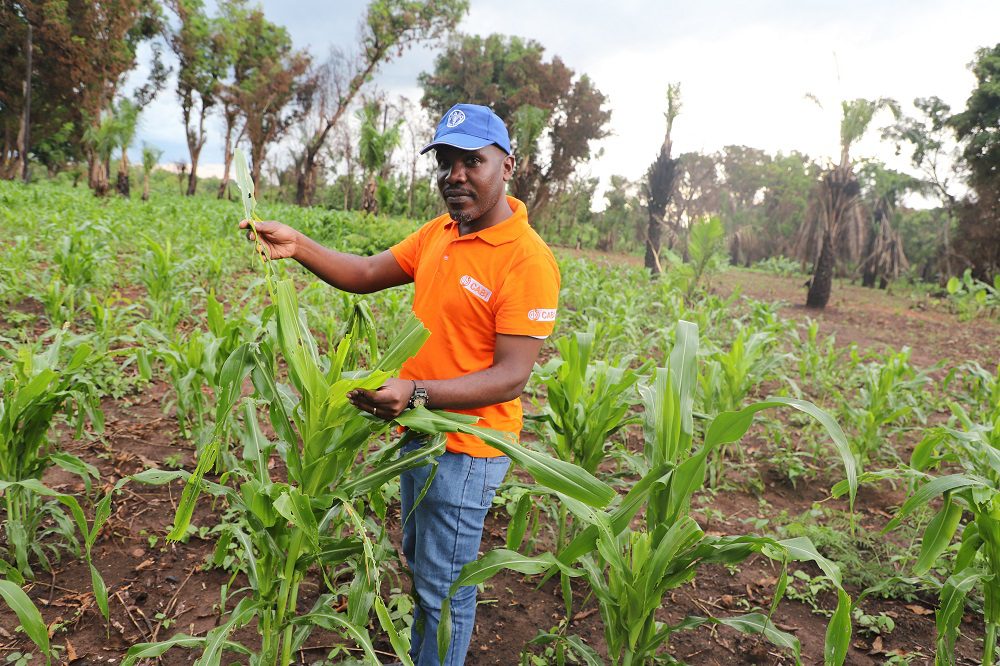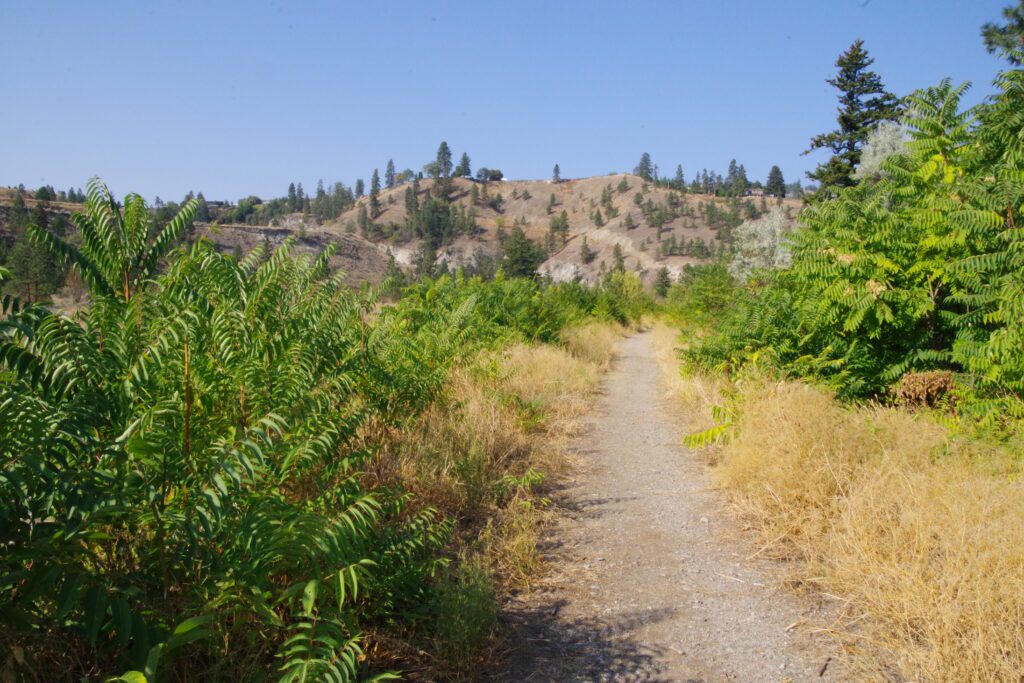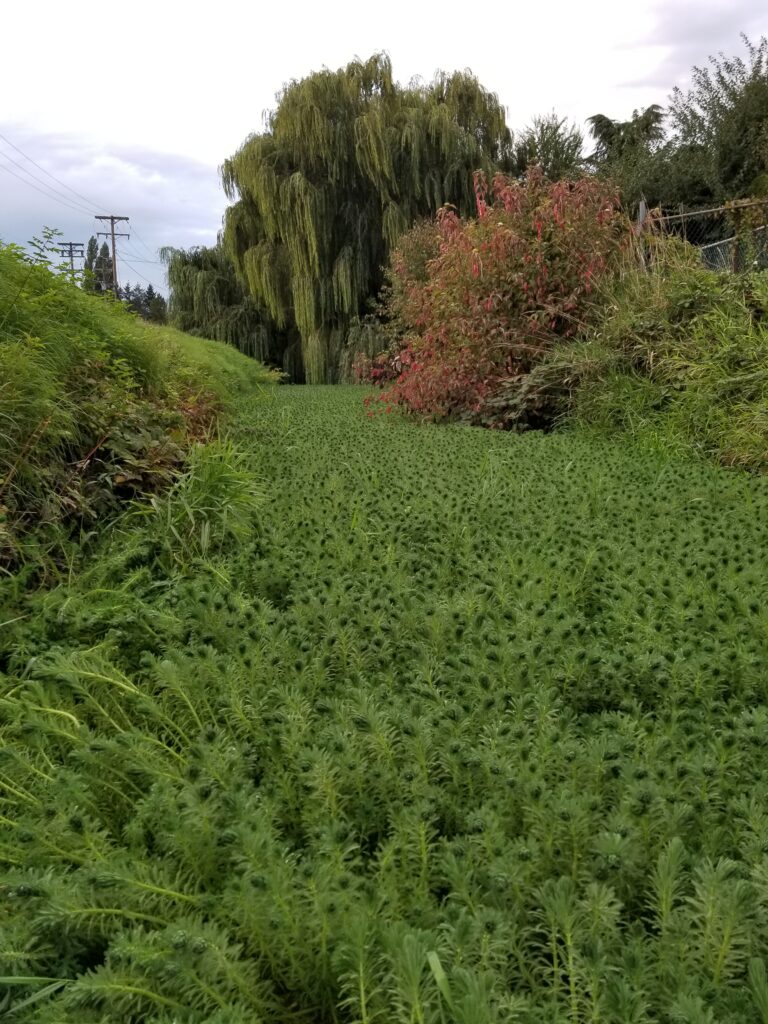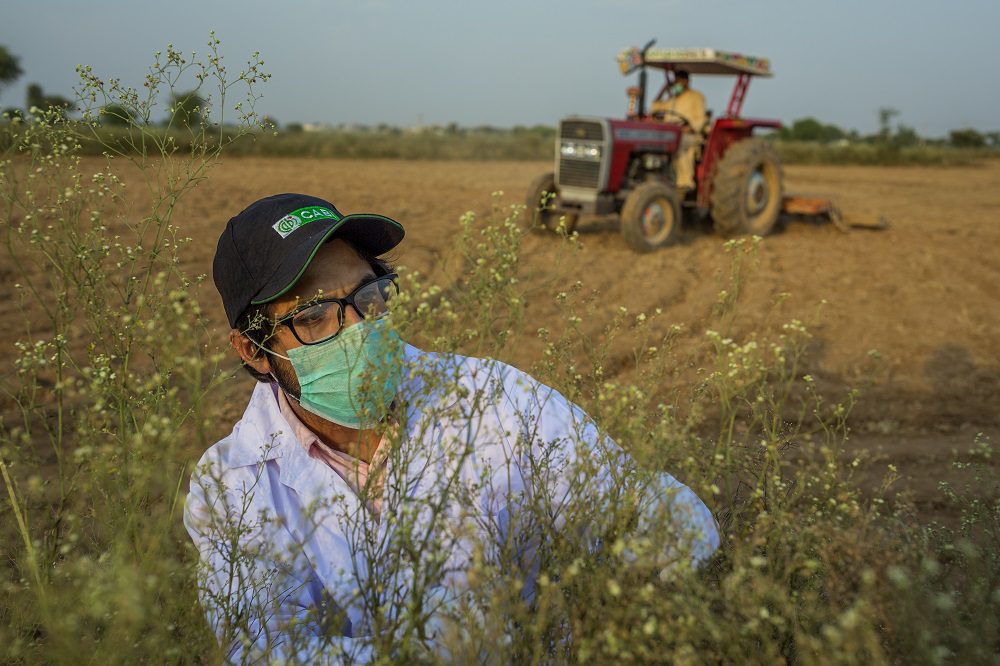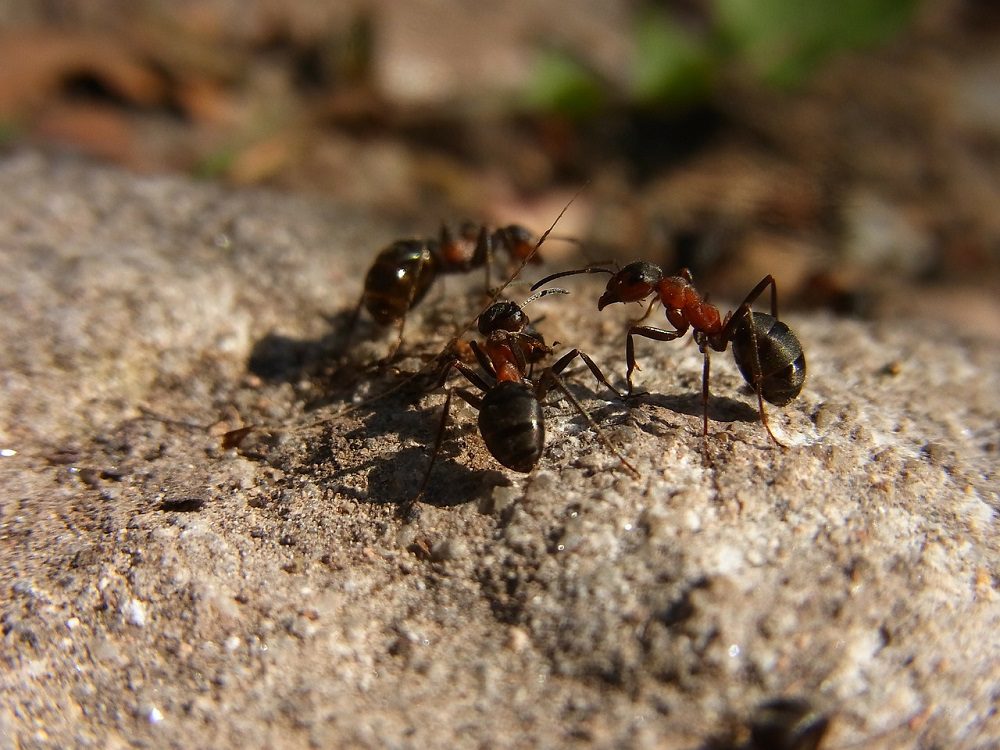Biological control of tree of heaven
Tree of heaven, Ailanthus altissima, is a deciduous tree native to north-east and central China and Taiwan. It was brought to Europe and North America as an ornamental, but became invasive and is now an invasive species of concern in many countries, including Canada. Once established, tree of heaven is…
Biological control of parrot’s feather in North America
Parrot feather, Myriophyllum aquaticum, is a very popular garden and ornamental plant and has a long history of invasion worldwide. It was first recorded in Canada in 1980 from British Columbia and has since been recorded in the Lower Mainland and in the USA. Parrot feather forms dense impenetrable mats…

